The following essay is extracted from “ Stone Circles Explained ” by Stephen Childs. This book offers some alternative and less explored theories of the purpose of stone circles. Not all stone circles fit neatly into the explanations outlined in this essay, but some fit quite well! Stonehenge and Gobekli Tepe, for example, served other purposes which are detailed in the author’s book. But considering the sheer number of stone circles that exist, especially in northern Europe, this theory could explain the purpose of some.
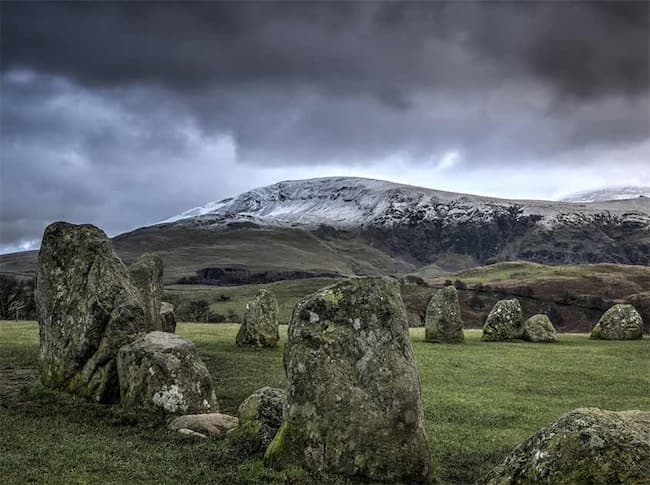
As the icecap receded from northern Europe ten thousand years ago vegetation returned first, then animals, and finally human beings.
Because of the need to follow seasonally mobile prey the houses of hunting peoples tended to be temporary or portable. The tepee of North American Indians, constructed of poles and skins , comes immediately to mind. Siberian hunters such as the Yukghir used similar accommodation until recently and the earliest hunting inhabitants of the British Isles surely did likewise.
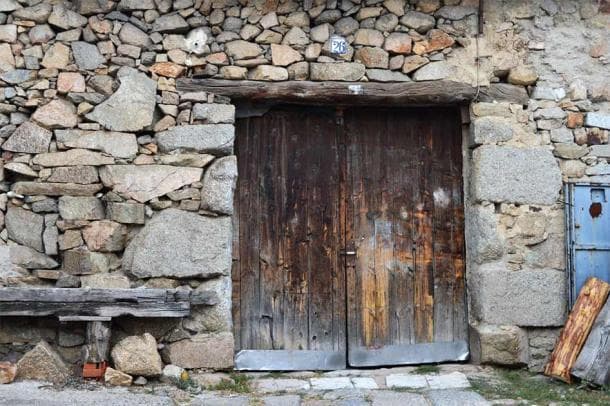
It was not uncommon for the lower edges of the hide walls of such temporary homes to be pinned to the ground by a circle of boulders which were rolled back and left in situ when the hunters moved on. Some of these “tent rings” were reoccupied annually and stayed in place for centuries. They can still be seen in lands occupied by the American Indians and Inuit peoples, and in Lapland and Siberia. There is also sometimes a small central circle of hearth stones .
One folk custom which originated in the construction of the temporary summer homes of these nomadic ancestors is that tradition of dance associated since time immemorial with springtime: the Maypole dance . It seems impossible that such a peculiar dance with such strange accessories would have been invented unless it had served originally some practical purpose. A little thought suggests what that purpose must have been.
As the dancers weave in and out of each other the variegated ribbons which they hold are woven into a cat’s cradle which radiates from the tall central pole. The ribbons tend to end up wrapped around the pole but if the weaving is done on top of a number of taut guy ropes anchored to a circle of boulders and if the dancers change direction frequently, as is traditional, it is possible to weave a framework which resembles a tent in shape .
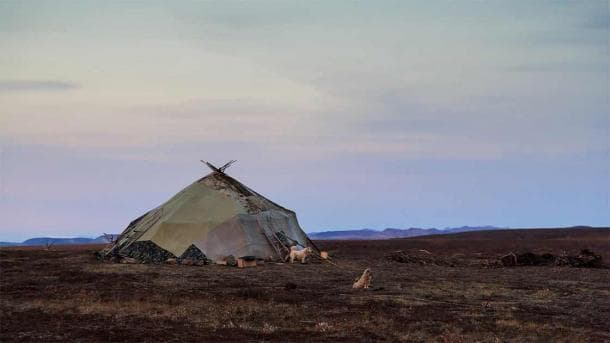
Imagine, instead of ribbons, long thongs of rawhide, and assume that at the end of the dance the ends of the thongs are securely anchored to pegs or boulders. This provided a framework to support a covering of skins, thatch or turf. The traditional gathering of greenery and flowers to decorate homes on May Day also testifies to this practical activity. A house of this sort could easily be completed in a day by a dozen people.
Maypole dancing is traditionally the prerogative of young women. This is because these temporary summer residences were constructed whilst the men were out hunting or, at a later date, driving cattle to summer pasture. North American, Siberian and Lap nomad houses were likewise erected by female members of the tribe.
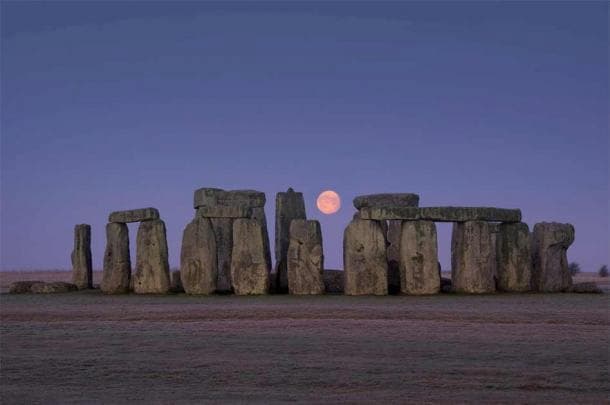
The folk tradition that some stone circles are petrified dancing girls preserves a memory of the time when tribal tents were roofed by means of the Maypole dance. The connection between stone circles and the Maypole dance is also clear at Avebury where the spring dance continued until the nineteenth century.
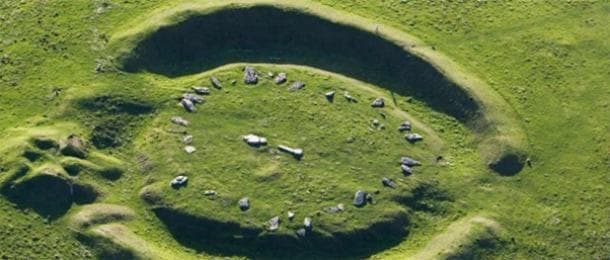
It is likely that some circles of boulder-sized stones are the anchors of tents constructed in this way, particularly where traces of a central pole have been discovered. It is also likely that larger communal dwellings were roofed in the same fashion since the Maypole dance is best performed by a significant number of people. There is no technical reason why quite large buildings could not have been thus roofed and the height of the traditional maypole also suggests a building of considerable size. The technique continued as tribes grew larger and more settled. However, with the advent of farming the limitations of this construction method became more significant.

